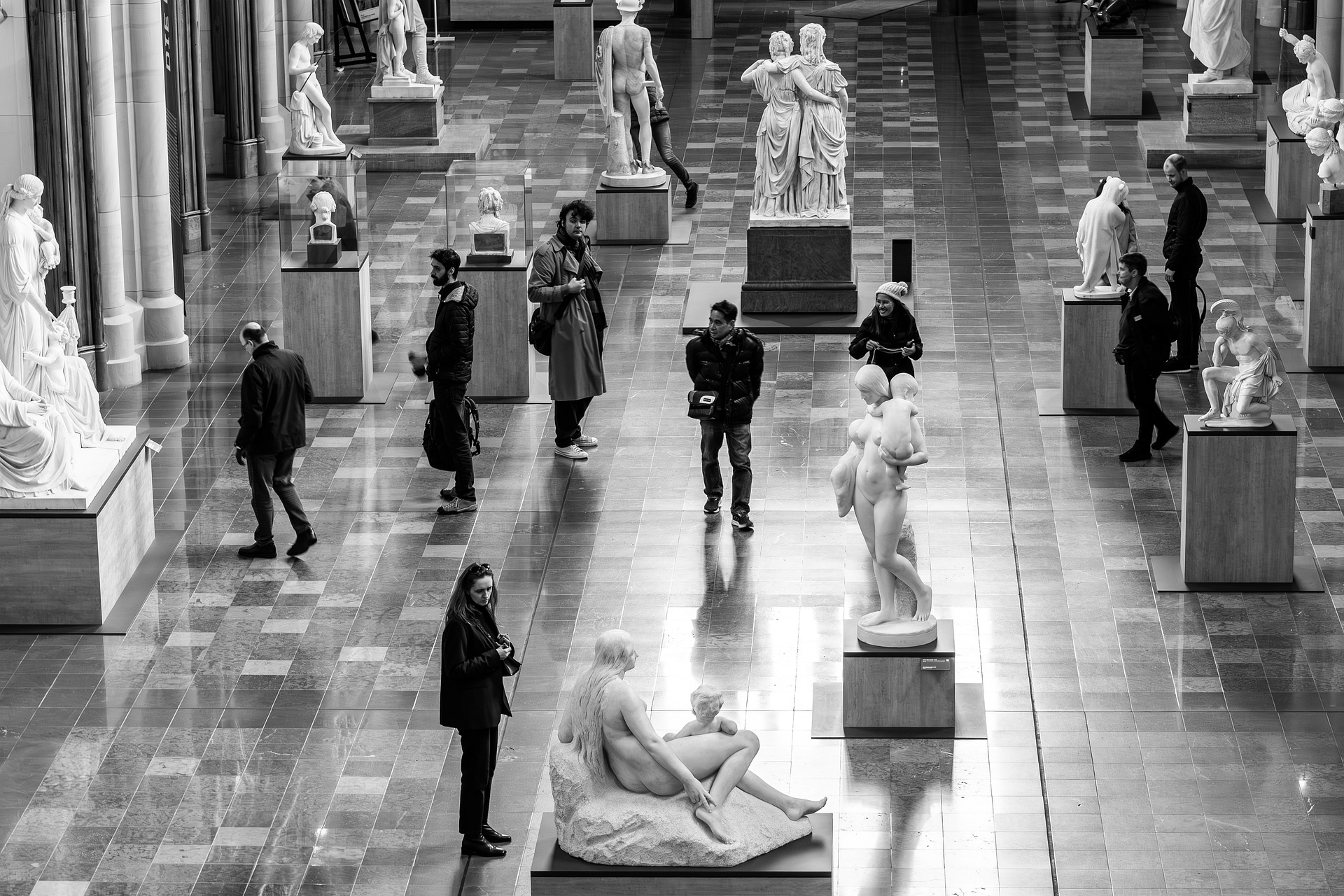Museums are institutions that collect, preserve, study, and display objects and ideas to help people understand art, history, science, and culture. They range from small local galleries to large national institutions and serve many functions: safeguarding artifacts, supporting research, providing education, and offering public programs. Museums mediate between specialists and the general public by interpreting complex material in accessible ways. Their collections often reflect the communities that created them as well as broader global connections; exhibitions can be chronological, thematic, or experimental. Beyond exhibitions, many museums host lectures, workshops, digital resources, and outreach to schools, showing how museums operate as hubs for lifelong learning and civic engagement.
A museum’s core purpose is to preserve and interpret material culture so that present and future audiences can learn from it. Museums curate collections according to missions that may focus on local heritage, natural history, fine art, or specific topics such as maritime history or technology. In communities, museums act as cultural anchors: they provide public programs, support tourism, and collaborate with local artists, historians, and scientists. Governance models vary—public, private nonprofit, university-affiliated—and those structures influence how museums prioritize access, research, and community engagement.

Art: how museums present visual culture
Art museums display works that represent aesthetic, cultural, and historical practices. Curators select artworks to create narratives about techniques, movements, or social contexts; labels and catalogues explain provenance, medium, and interpretation. Exhibitions can juxtapose old and new works to spark dialogue or focus on a single artist to explore development. Museums also conserve fragile media, from canvas and paper to digital pieces, and increasingly address issues like repatriation and ethical collecting practices. Educational programs—tours, family days, and online galleries—help diverse audiences engage with visual culture.
History: preserving and interpreting the past
History museums hold objects, documents, and oral histories that illuminate social, political, and everyday life across time. Exhibits often combine artifacts with multimedia and narrative text to contextualize events and lived experiences. Preservation includes climate-controlled storage and conservation treatments to stabilize materials such as textiles, paper, and metal. Many institutions partner with historians, indigenous communities, and archives to ensure accurate and respectful representation. Through rotating exhibits and research publications, history museums contribute to ongoing conversations about memory, identity, and collective heritage.
Science: collections, research, and public engagement
Science museums and natural history institutions collect specimens, instruments, and data that support research and public understanding of scientific concepts. Collections can include fossils, botanical samples, geological cores, and technological artifacts. Museums serve researchers by maintaining documented, accessible collections and by facilitating fieldwork and lab studies. For the public, interactive exhibits, planetariums, and science demonstrations translate complex ideas—like evolution, climate change, or robotics—into hands-on learning experiences. Science museums also play a role in science communication, offering programs for schools and community groups that align with curricula and informal learning goals.
Education: museums as informal learning spaces
Education is a central museum function: institutions design educational materials, guided tours, internships, and teacher resources that complement formal schooling. Museums support lifelong learning by appealing to multiple learning styles—visual, auditory, tactile—and by providing layered information for visitors with varying levels of prior knowledge. Programs may include school partnerships, family activities, workshops, and community collaborations aimed at accessibility and inclusion. Museums increasingly use digital platforms to expand access, offering virtual exhibits, online collections, and multimedia content that reach audiences beyond those who can visit in person.
Museums continue to balance preservation, scholarship, and public service. As repositories of art, history, and science, they provide resources for researchers and accessible encounters for visitors. Their educational role extends from early childhood programs to adult learning and professional development. By documenting the past, interpreting the present, and supporting inquiry, museums remain important institutions for cultural transmission and civic conversation, adapting practices and technologies to meet changing public needs.




